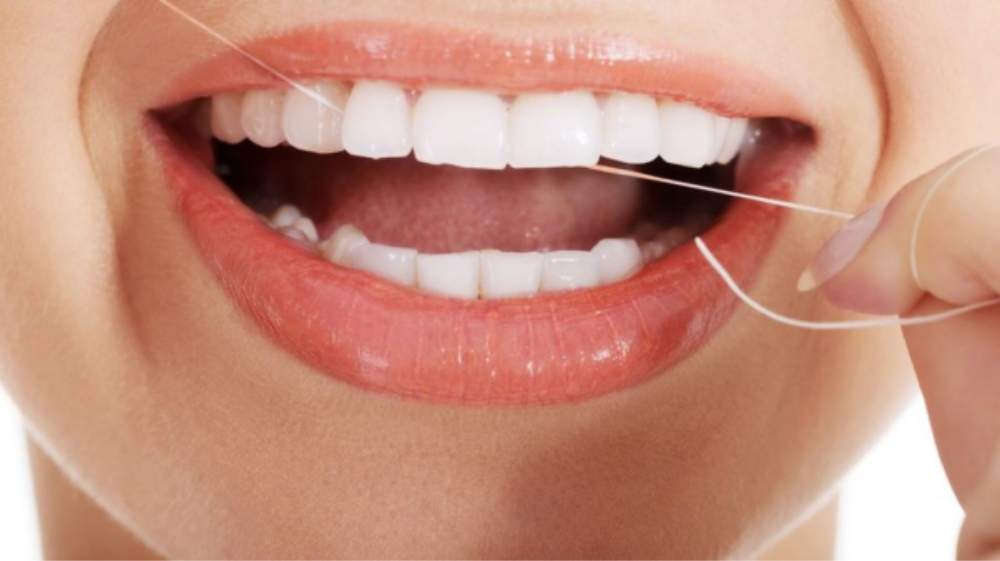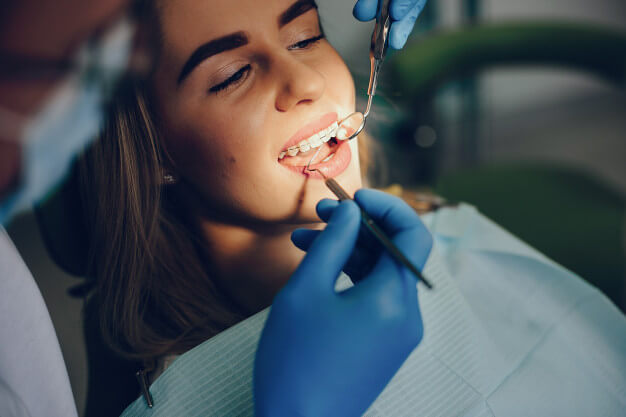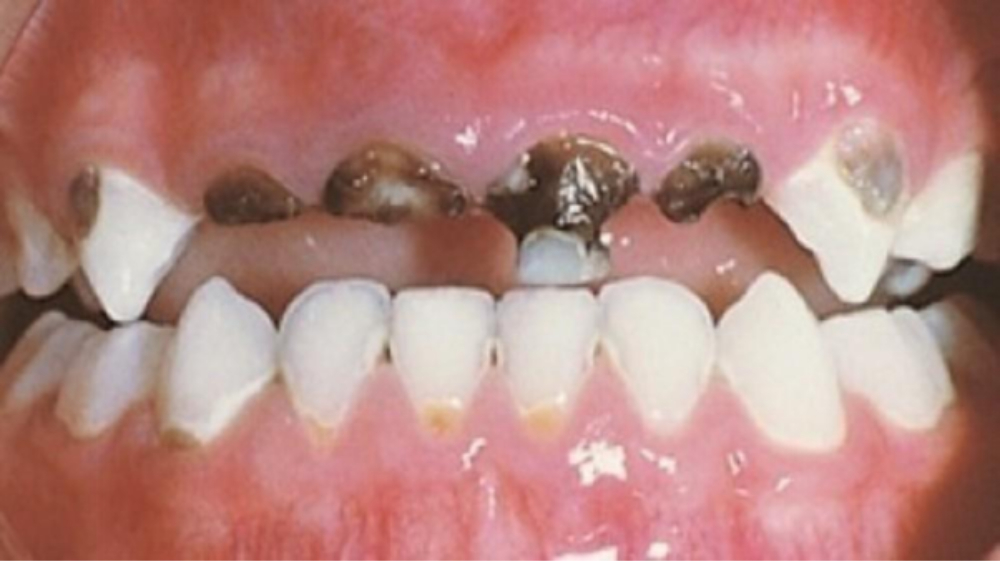Brushing the teeth regularly is the most important step for a disease free-mouth. You need to floss in order to clean out the gaps between your teeth, where bacteria often reside. It helps to keep teeth from yellowing by getting rid of food particles and preventing the buildup of plaque,Flossing every day will dislodge pesky food particles and will help prevent plaque buildup in places where toothbrush can’t reach. Flossing before brushing may be the most efficient for a thorough removal of dental plaque. This sequence is to increase fluoride concentration delivered from the toothpaste, which makes your tooth enamel stronger, making it easier to prevent decay.
Always floss your teeth at least once a day, either in the morning or at night before bed. To properly floss, break off about 12 to 18 inches of floss and wrap both ends around your fingers. Gently move the floss up and down the sides of each tooth to remove plaque, bacteria, and food debris.The ADA does not recommend using a floss strand more than once. Used floss might fray, lose its effectiveness, or may deposit bacteria in the mouth. So ideally to be discarded after use.
A waterpik water flosser can help remove food particles from your teeth and might help reduce bleeding and gum disease compared to the normal threader floss.With the Power Flosser off, push the Power Flosser Tip through the space as far as comfortable. Press on/off button to start the Power Flosser motion. Allow the motion to assist in entering space. Lean over the sink to avoid a mess. Hold the handle at a 90-degree angle to your teeth and spray.




